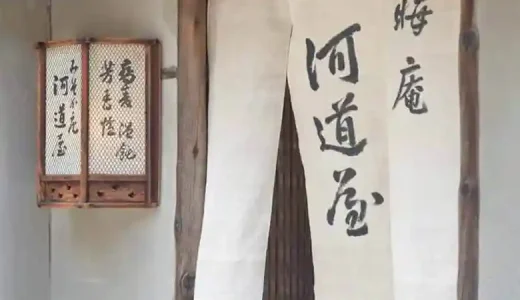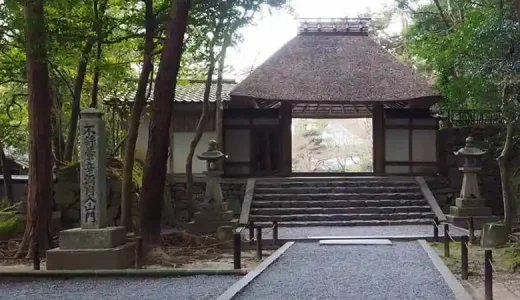I visited Nanzen-Ji Temple in Kyoto. Nanzen-ji Temple was founded in 1291. It is the most prestigious of all Zen temples in Japan. There are many historic sites within the precincts of Nanzen-Ji Temple. This article introduces the Nanzen-Ji Aqueduct and a View of Kyoto from Sanmon gate.
Nanzen-Ji Temple
Nanzen-Ji Temple is a 10-minute walk from Keage Station on the Tozai Subway Line.
Keage Tunnel
I got off at Keage Station on the Tozai Line of the Kyoto Municipal Subway. I went up to the ground level and walked through the brick Keage Tunnel to Nanzen-Ji Temple.
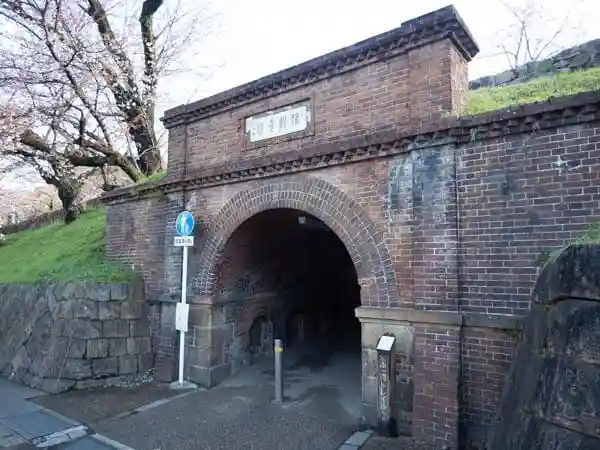
Keage Tunnel is called “Nejirimampo.” The meaning of “mampo” is Tunnel.
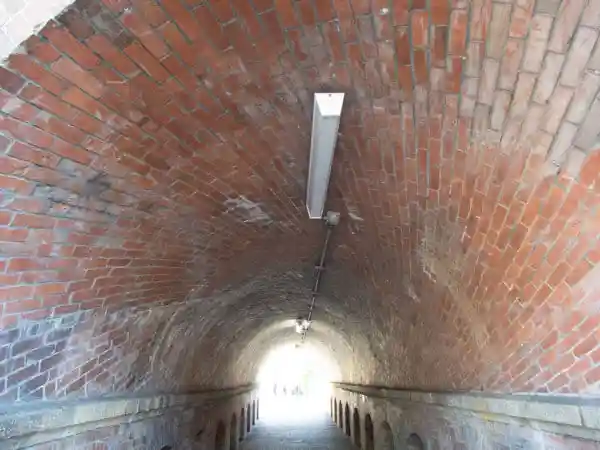
Upon entering the Tunnel, the Tunnel’s walls felt as if they are swirling. Above the Keage Tunnel was the incline where the trolleys carried the ships. To withstand the weight of the boats and carts, the Keage Tunne was built of bricks stacked at an angle.n angle to create the Tunnel.
The Sanmon gate at Nanzen-Ji
The Sanmon gate was founded in 1295. The government destroyed it in 1369, but the present Sanmon gate was rebuilt in 1628.
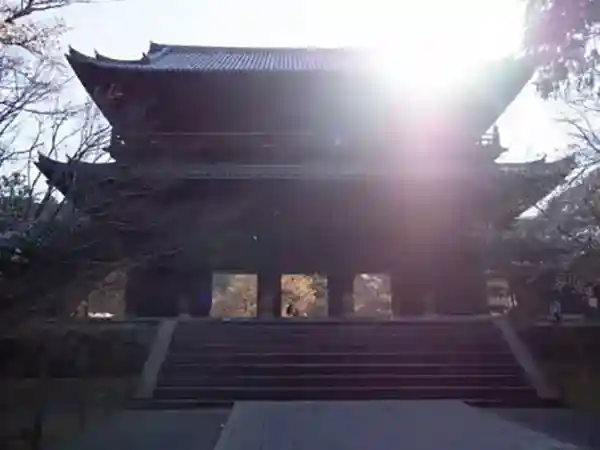
The Sanmon gate is 22 meters high. It is one of the three most essential gates in Japan. The other two are Chion-in Temple (Kyoto Prefecture) and Kuon-Ji Temple (Yamanashi Prefecture).
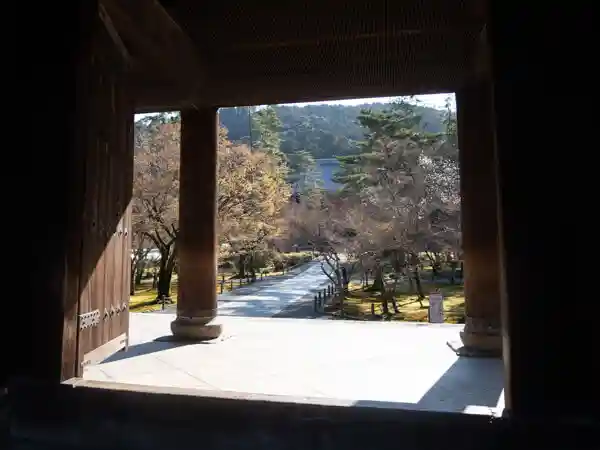
Sanmon gate exuded history and dignity.
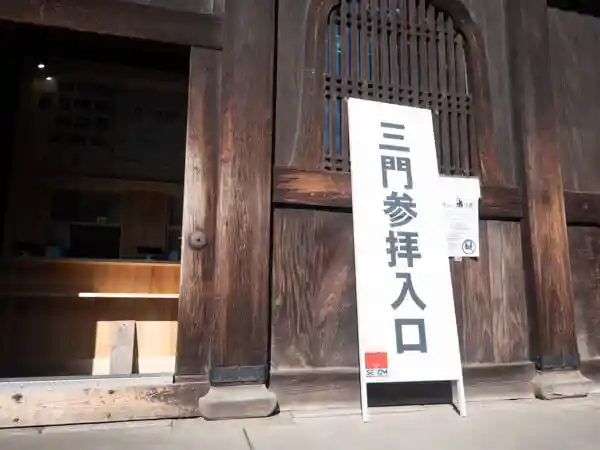
Visitors could view the interior of the Sanmon gate from 8:40 am to 5:00 pm.
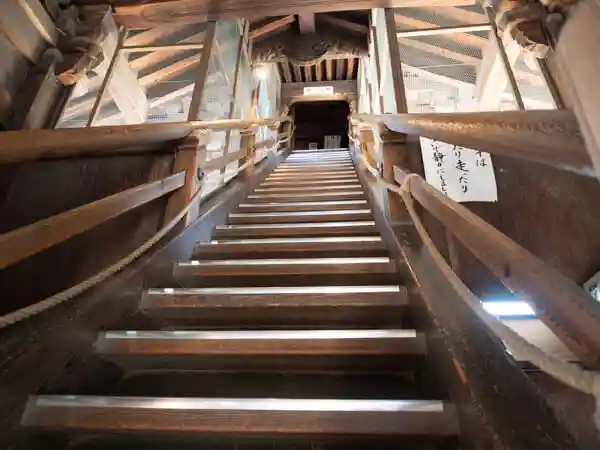
This Sanmon gate had a wooden staircase to the high observatory. These stairs were so steep that I had to climb them with a rope.
This high observatory is the setting of a famous scene in the Kabuki play “Sanmon Gosan no Kiri.” Here, Ishikawa Goemon, the play’s main character, gives a hailing gesture, saying, “Is it a great view, a great view.” Ishikawa Goemon, a criminal, was executed after extolling the beauty of the Kyoto landscape, as seen from this high observatory.
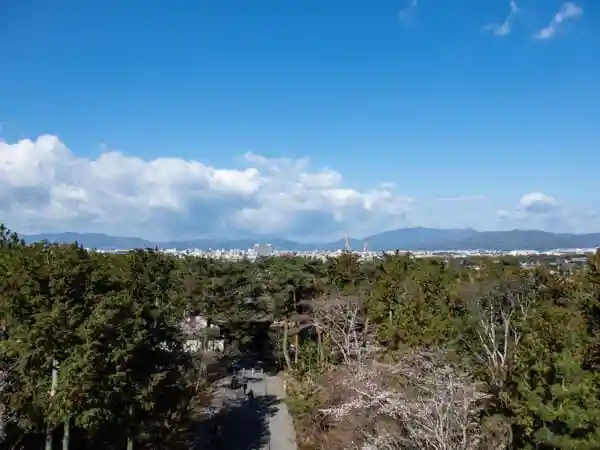
I had a panoramic view of Kyoto from the west side of the high observatory.
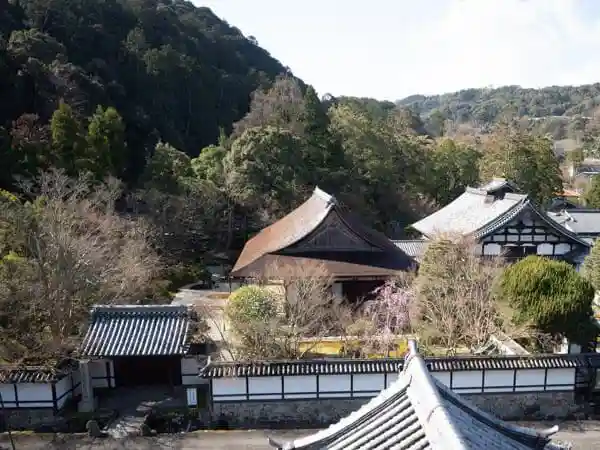
I went around the high observatory. On the south side, I could see the Tenju-An garden, which is famous for its Karesansui (dry landscape – 枯山水) and Chisen circuit-style garden(a rock pond and a lush garden – 池泉回遊式庭園.)
Nanzen-Ji Aqueduct
This Aqueduct was built in 1888. It is an arched aqueduct 93 meters long and 9 meters high.
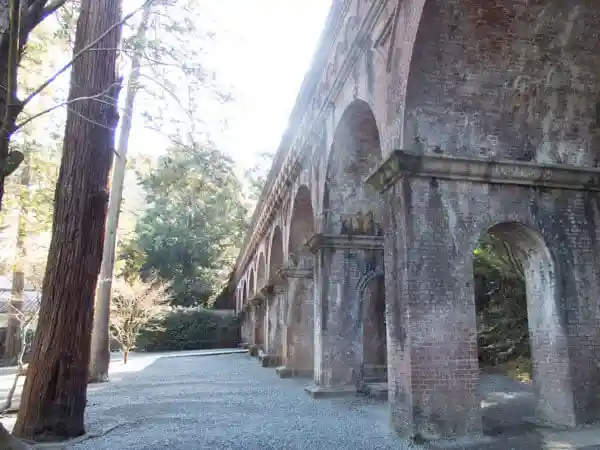
It is 93 m long and 9 m high and is an arched brick aqueduct. It carries irrigation water from Lake Biwa to Kyoto through the precincts of Nanzen-Ji Temple.
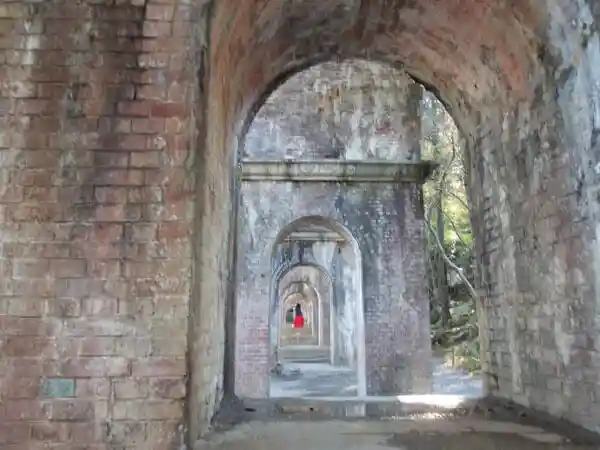
The arched piers, made of brick and granite, blend in with the surrounding landscape with a stately appearance.
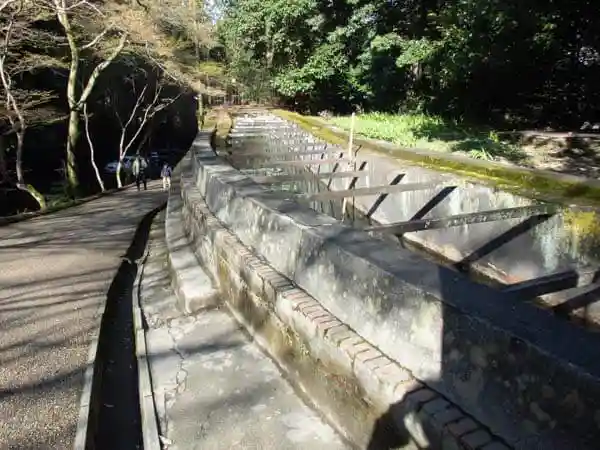
Climb the Aqueduct, and I could see the water flow for several hundred meters.
Within the spacious precincts of Nanzen-Ji Temple, there are many other historical sites besides the Sanmon gate and the Aqueduct. If you can travel to Kyoto, stop by Nanzen-Ji Temple and enjoy the view of Kyoto and the historical sites of Nanzen-Ji Temple.
